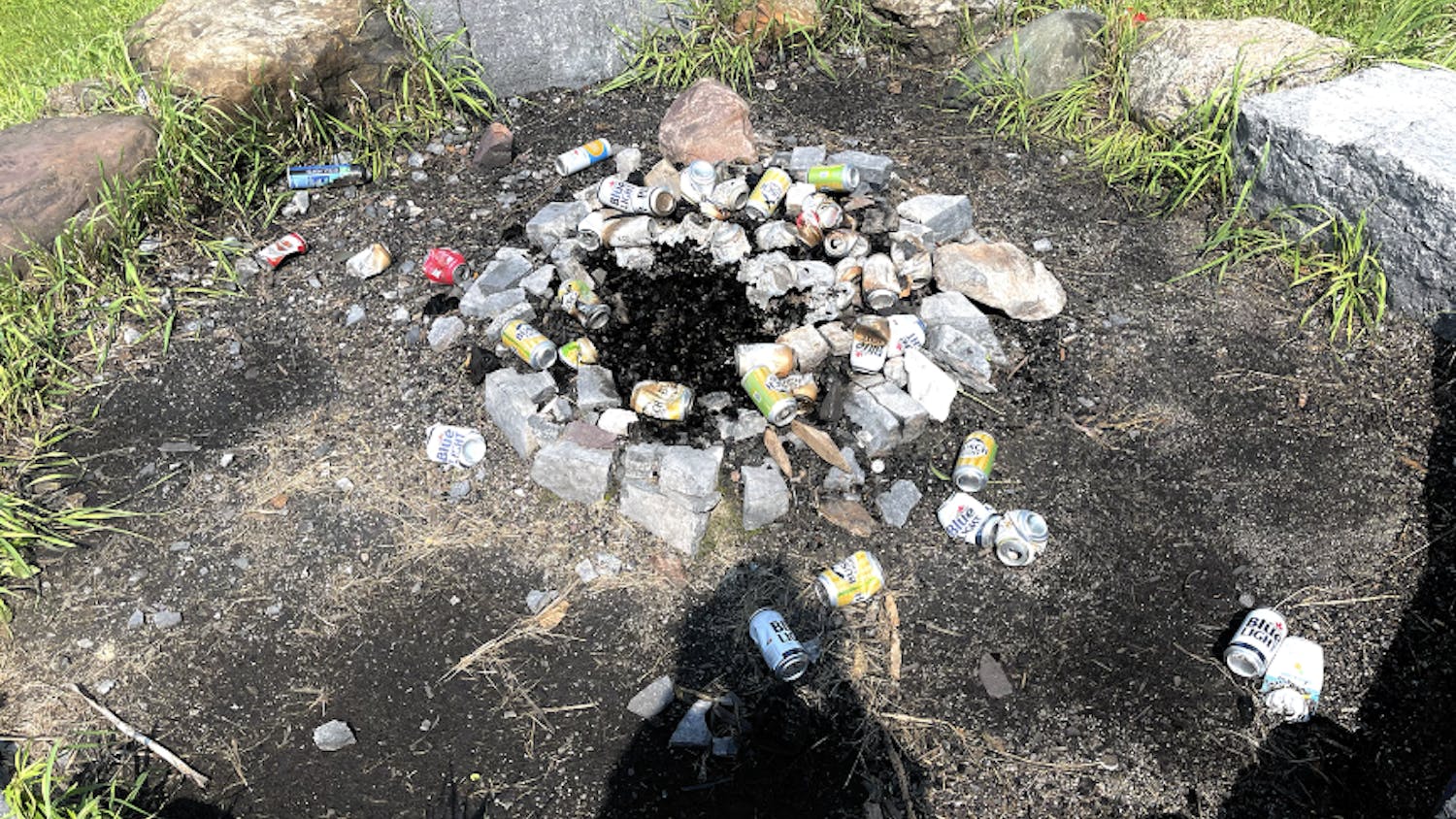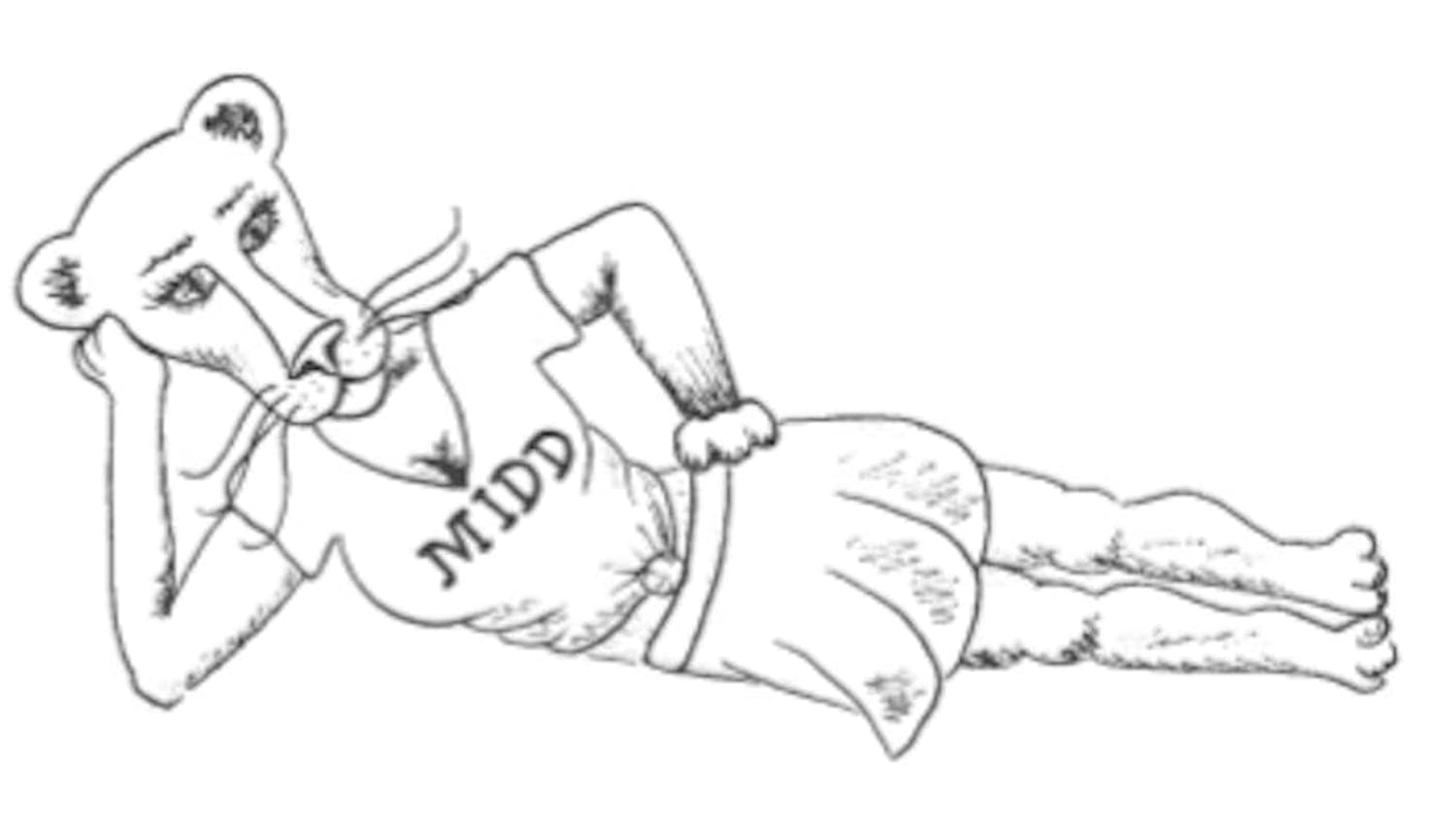Our community has recently been embroiled in two debates regarding the Foundation for Individuals Rights in Education (FIRE) highlighting of the Aunt Des video series and a guest lecture on the “Culture of Despair.” Consequently, the Campus has published two op-eds and an editorial regarding these two controversies. Although these three articles touched upon the issue of free expression on this campus, they declined to provide a full account of the substantially important role that the First Amendment ought to play at Middlebury College. In fact, in an opinion column dated March 3, 2011, Ben Johnston’ 11casually dismissed the importance of constitutionally protected speech at Middlebury.
It is my position, and that of FIRE, that Middlebury College currently has rules in place that violate the spirit of the First Amendment and current First Amendment jurisprudence. Middlebury College is a private entity that possesses the right of freedom of association which enables the College to create its own rules and formulate standards for membership (admission in our college’s case). But as an institution of higher learning and a liberal arts college, it ought to encourage and promote the unfettered exercise of constitutionally protected speech in order to enhance every student’s educational experience and enable genuine dialogue and debate. Instead, the College currently selectively allows the most acceptable forms of protected speech and bans those which it has deemed as counter to the values of our community and fears may offend students.
Offensive Speech: Offending a person’s sensibilities is not sufficient legal grounds to restrict constitutionally protected speech on a public university campus, so why does the College deny its students their full First Amendment rights merely due to Middlebury’s status as a private educational entity? If a person or community is offended by the content of constitutionally protected free speech, then the correct remedy is for the offended community or individual to challenge such offensive speech with more speech; the remedy does not lie in restricting the ability of all parties to engage in the free exercise of constitutionally protected speech.
Ideas and speech that the majority might find offensive today may not be so tomorrow. As Supreme Court Justice John Harlan wrote in the decision of Cohen v. California, “one man’s vulgarity is another’s lyric … it is largely because governmental officials cannot make principled distinctions in this area that the Constitution leaves manners of taste and style so largely to the individual.” As a liberal arts college we must allow for constitutionally protected speech that we as a community may consider offensive, for as Justice William Douglas stated:
“[The] function of free speech under our system of government is to invite dispute. It may indeed serve its high purpose when it induces a condition of unrest, creates dissatisfaction with conditions as they are, or even stirs people to anger. Speech is often provocative and challenging. It may strike at prejudices and preconceptions and have profound unsettling effects as it presses for acceptance of an idea.”
The free exchange of ideas and the ability to expose students to all forms of knowledge is imperiled by any restriction, no matter how small or well-intentioned, on constitutionally protected speech. Furthermore, the College could not possibly, and should not, restrict all speech that any student may find offensive. Restricting or banning certain categories of offensive speech while allowing others does violence to our nation’s conception of equality before the law and the First Amendment’s notion of the free marketplace of ideas. No idea, prejudice, value or theory ought to be sacrosanct.
Unprotected Speech and Harassment: Certain forms of speech are not constitutionally protected and harassment falls under this category. However, our college’s current anti-harassment policies are overbroad and go beyond standards established by Supreme Court jurisprudence. Harassment, according to a letter from Gerald A. Reynolds, the former assistant secretary of the Department of Education’s Office for Civil Rights, “must include something beyond the mere expression of views, words, symbols or thoughts that some person finds offensive … [and] the conduct must also be considered sufficiently serious to deny or limit a student’s ability to participate in or benefit from the educational program.” It is laudable for the College to attempt to protect students from harassment and personal injury, but not when such protection infringes upon constitutionally protected speech.
“Asians in the Library”: The recent University of California at Los Angeles “Asians in the Library” video controversy is a case in point. Although the content of Alexandra Wallace’s video was incredibly offensive, the entirety of the video fell under constitutionally protected speech. Certainly members of the UCLA community and others were indubitably offended, but none of this was sufficient reason to subject Wallace to UCLA discipline. Her video did not even target any student in particular and most certainly does not constitute action that is “so severe, pervasive and objectively offensive, and that so undermines and detracts from the victims’ educational experience, that the victim-students are effectively denied equal access to an institution’s resources and opportunities”, as stated in Davis v. Monroe County Board of Education.
In fact, much good came out of the controversy, most notably a response video from Middlebury alum Jimmy Wong. However, Wong employs sexual innuendo in his video, albeit in an absolutely comical manner, clearly intended for Wallace. Would Middlebury College have come to the same conclusion as the UCLA administration had these two videos been created by current students of this community? One would hope so, but our current Handbook policies appear to allow for the prosecution of such videos.
Conversely, UCLA’s anti-harassment policy specifically emulates the same language issued by the Department of Education’s Office of Civil Rights and expressed in First Amendment jurisprudence. Essentially, the First Amendment operated exactly as it should have in the UCLA controversy. Wallace was roundly criticized by members of the UCLA community and numerous others in the public domain. Her prospects for employment are essentially non-existent and she is now a social pariah. This incident also provided an opportunity for all to learn that such offensive speech, while fully protected by the Constitution, is not socially acceptable.
A True Liberal Arts College: As our handbook states, “The common good depends upon the free search for truth and its free exposition.” If we are to become a true liberal arts college, we must revise our college’s policies in order to allow for the free exposition of all constitutionally protected speech on this campus. As President of the College Ronald D. Liebowitz has stated previously, “liberal education must be first and foremost about ensuring a broad range of views and opinions in the classroom and across campus so that our students can question routinely both their preconceived and newly developed positions on important matters.” I strongly encourage our college administration to work in conjunction with FIRE to ensure that our college’s policies conform to current First Amendment jurisprudence so as to allow for the free exercise of constitutionally protected speech on this campus.
On free speech - Louis Tiemann
Comments



